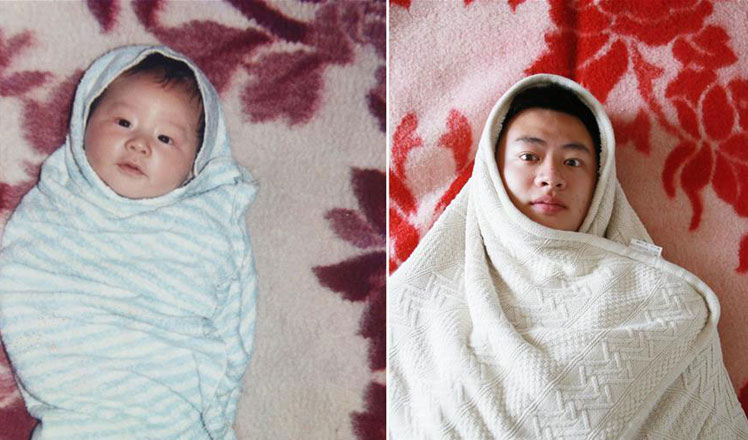Publishing with prestige no longer rare
Updated: 2016-05-31 08:00
By CHENG YINGQI(China Daily)
|
||||||||
Five years ago, there was debate in the Chinese scientific community over the country's funding system that allotted money according to the impact of the journals in which researchers publish their work.
An obsession with impact turned the research community into a "vanity fair", said Chinese chemist Wang Naixing in the prominent scientific journal Nature in August 2011.
Now the professors have ended their discussion, not because the environment is moderating, but because publishing in top scientific journals has become so common among Chinese researchers that, even many postgraduate students are joining the ranks.
Fu Qiaomei, a 32-year-old researcher at the Institute of Vertebrate Paleontology and Paleoanthropology at the Chinese Academy of Sciences, has published 10 papers in two of the best-known journals-Science and Nature-including four published during her doctoral studies. But academic titles and research funding was not her major interest.
"For me, publishing in top journals proves my research potential, which helps me establish a reputation among my peers at home and abroad and thus helps my future research," she said.
Recognition by international peers means more chances to speak at or attend academic conferences.
"Selection of projects is of crucial importance. If you want to publish a paper in Cell, Nature or Science, you have to choose an academic issue of deep concern, and one that you can solve faster than other teams in the world," said Shi Yi, an associate research fellow from the Institute of Microbiology of the Chinese Academy of Sciences.
In the team Shi works for, four people have published papers in Cell, Nature and Science during their doctoral studies.
Shi credits Gao Fu, director of the laboratory and Shi's doctoral supervisor, who was working at Oxford University before returning to China in 2004, for giving young researchers a chance.
"Professor Gao trains us with a broader vision to research hot issues, and provides better experimental facilities in the lab that allow us to make our ideas tangible. So the students have a better chance to internationalize our work," he said.
According to a survey released by China University Evaluation, a Shenzhen-based third party college evaluation agency, Chinese universities published more than 300 papers in Cell, Nature and Science in 2015, with Tsinghua the top ranking Chinese university, with 60 papers.
The figures do not include more than 100 research institutes affiliated with the Chinese Academy of Sciences, which are also high-yielding institutes for top journals.
- Swiss declare Alps tamed as Gotthard rail tunnel opens
- China urges Japan to properly settle Chinese forced laborers issue
- Searching for remains of Dead Sea Scrolls
- China-US relations shouldn't be hijacked by S. China Sea issue
- To cool you off: The fountain in Washington Square Park
- Americans warned about terror risk this summer

 Performers wanted for Shanghai Disney park
Performers wanted for Shanghai Disney park
 New law protects ancient villages in Southwest China's Lhasa
New law protects ancient villages in Southwest China's Lhasa
 Kids with HIV in Shanxi's Red Ribbon School
Kids with HIV in Shanxi's Red Ribbon School
 Heavy rain turns Wuhan into 'seaside' city
Heavy rain turns Wuhan into 'seaside' city
 Photos: Little royals on the Children's Day
Photos: Little royals on the Children's Day
 Pure love: Chinese 'little prince'and his fox
Pure love: Chinese 'little prince'and his fox
 Then and now: Recreating that child-like smile
Then and now: Recreating that child-like smile
 Young teacher's heartfelt love for the students
Young teacher's heartfelt love for the students
Most Viewed
Editor's Picks

|

|

|

|

|

|
Today's Top News
Chinese State Councilor Yang Jiechi to meet Kerry
Chinese stocks surge on back of MSCI rumors
Liang avoids jail in shooting death
China's finance minister addresses ratings downgrade
Duke alumni visit Chinese Embassy
Marriott unlikely to top Anbang offer for Starwood: Observers
Chinese biopharma debuts on Nasdaq
What ends Jeb Bush's White House hopes
US Weekly

|

|





